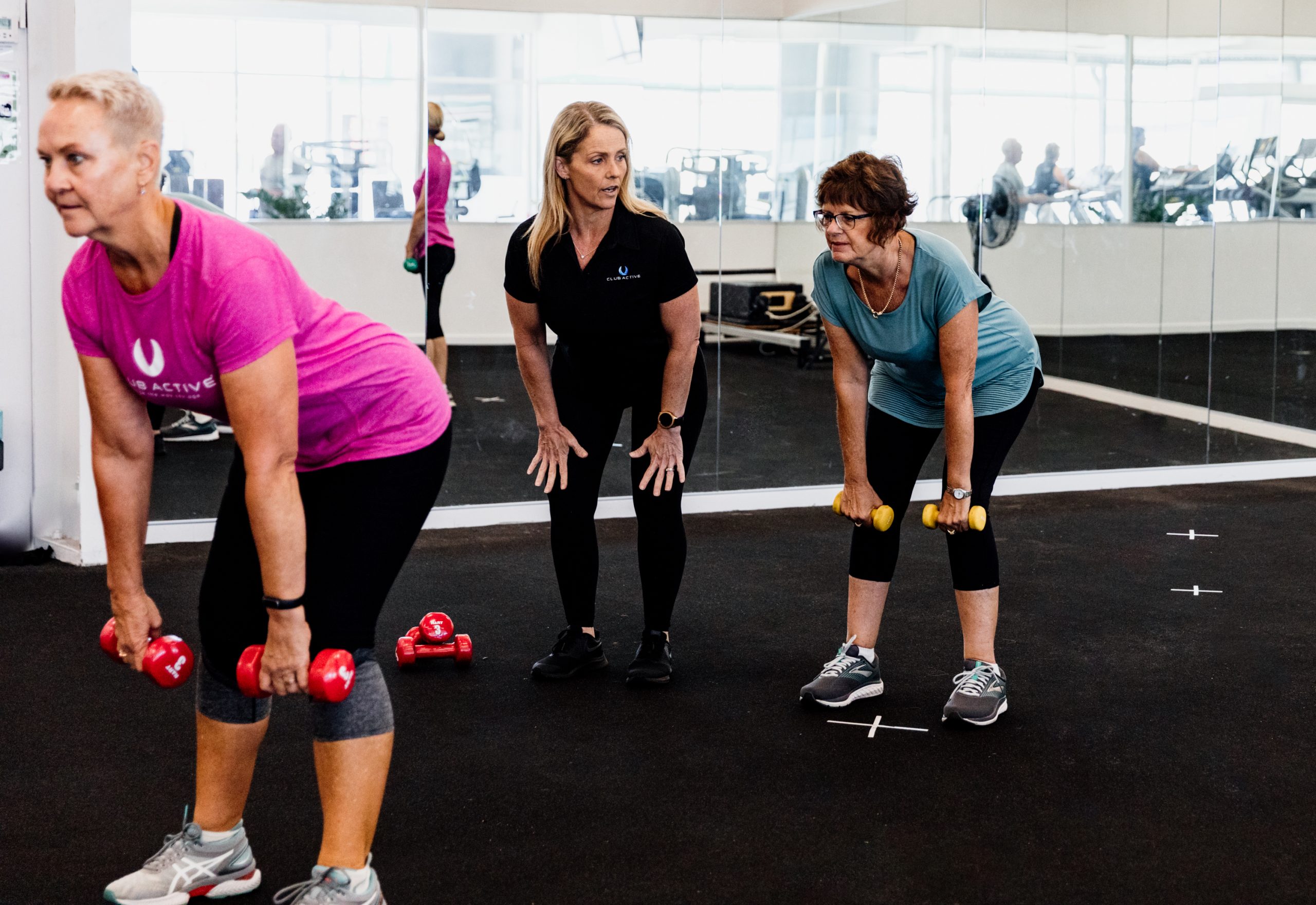What is a stroke?
A stroke occurs when a blood vessel supplying blood to the brain either suddenly becomes blocked (ischaemic stroke) or ruptures and begins to bleed (haemorrhagic stroke). Either of these may result in part of the brain dying, leading to sudden impairment and/or paralysis that can affect a number of functions; including movement, speech, and coordination.
Risk factors of a stroke
Although stroke is a very preventable condition, it is the third most common form of death in Australia and is currently the leading cause of disability. Many of the risk factors for stroke are modifiable. These include:
- High blood pressure
- Insufficient physical activity
- Overweight/ obese
- Smoking
What happens after a stroke?
Unfortunately, the risk of death post-stroke is relatively high. Research shows that out of 100 stroke patients:
- About 30 will die in the first year, most within the first 30 days.
- About 70 will survive, of those who survive:
– 35 will remain permanently disabled after 1 year
– 35 are not disabled to the point of affecting their everyday lives
The statistics
- In 2018, an estimated 387,000 people had suffered a stroke at some point in their lives, according to the Australian Bureau of Statistics.
- In 2017, there were around 38,000 stroke events (more than 100 per day) in Australia.
- The risk of having a stroke by the age of 85 increases to 1 in 4 for males and 1 in 5 for females.
How can exercise assist with post-stroke recovery?
After a stroke, regular exercise and physical activity can also help reduce the risk of further stroke and improve post-stroke recovery, as well as help manage symptoms of a stroke. Reported benefits include:
- Improved strength and endurance
- Improved walking ability and ability to complete day to day activities of daily living
- Improved balance and coordination
- Improved flexibility
- Improved mood
- Improved alertness and thinking ability
The FAST test is an easy way to recognise and remember the signs of stroke.
Be stroke aware is extremely crucial in recognising when a stroke is occurring and potentially saving the life of your loved one. The Stroke Foundation Australia recommends using the FAST test. This test involves asking these simple questions:
- Face – Check their face. Has their mouth drooped?
- Arms – Can they lift both arms?
- Speech – Is their speech slurred? Do they understand you?
- Time – Time is critical. If you see any of these signs, call 000 straight away.
How can a Club Active Accredited Exercise Physiologist help?
A Club Active accredited exercise physiologist will conduct a thorough assessment to ensure you are provided with the correct exercises and advice depending on the severity of your condition and what limitations you may have. They can help you design a plan to get you back on track. Your GP can provide an allied health referral for Medicare bulk-billing with a Chronic Diseases Management (CDM) plans. We also work with NDIS, DVA and Work Cover.
To learn more about working with an Exercise Physiologist, please contact our friendly team today.

